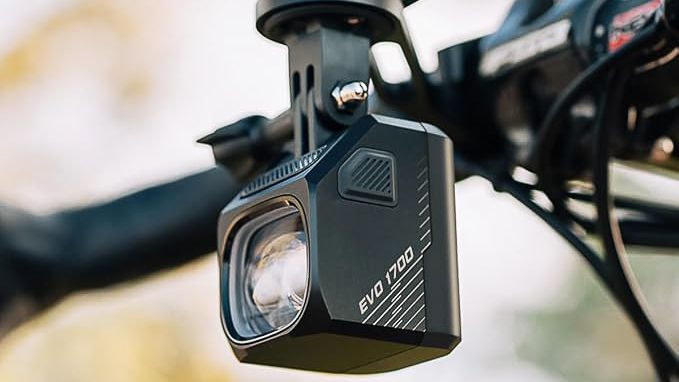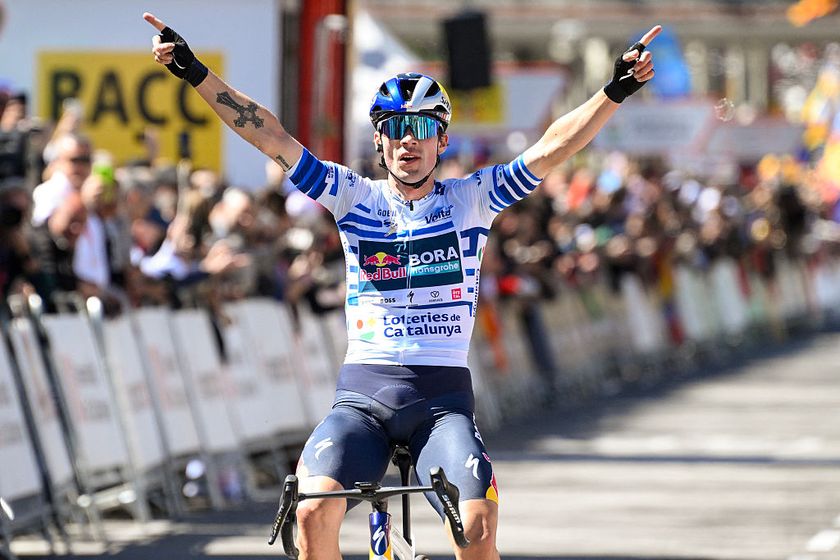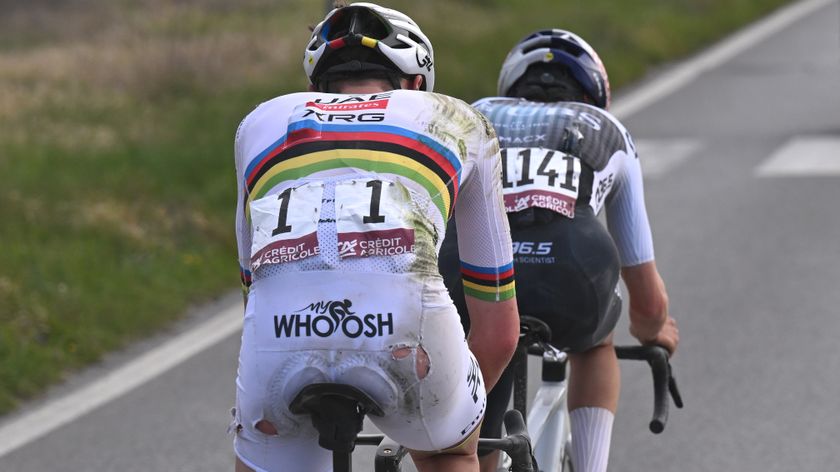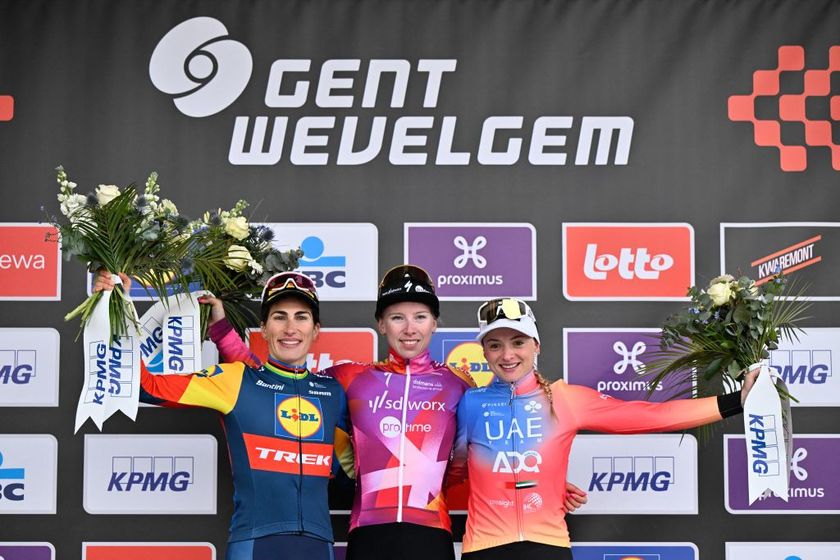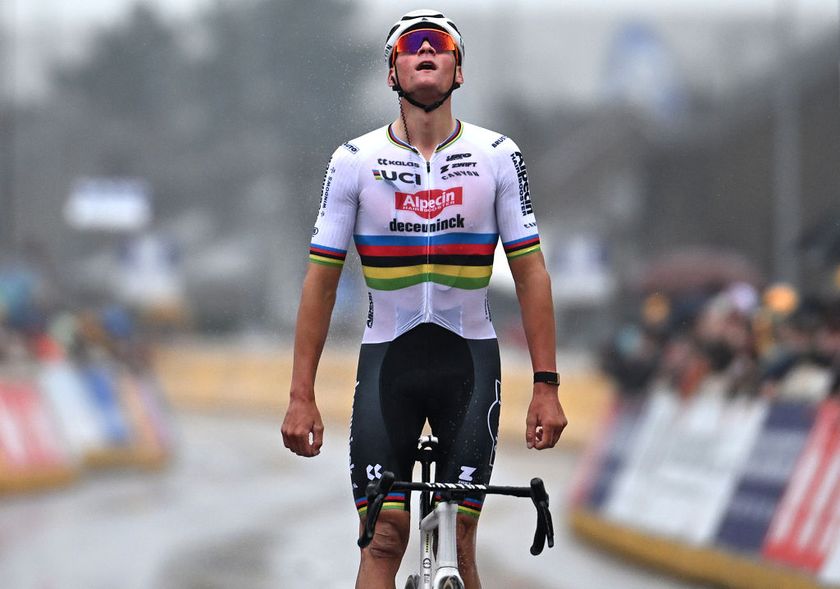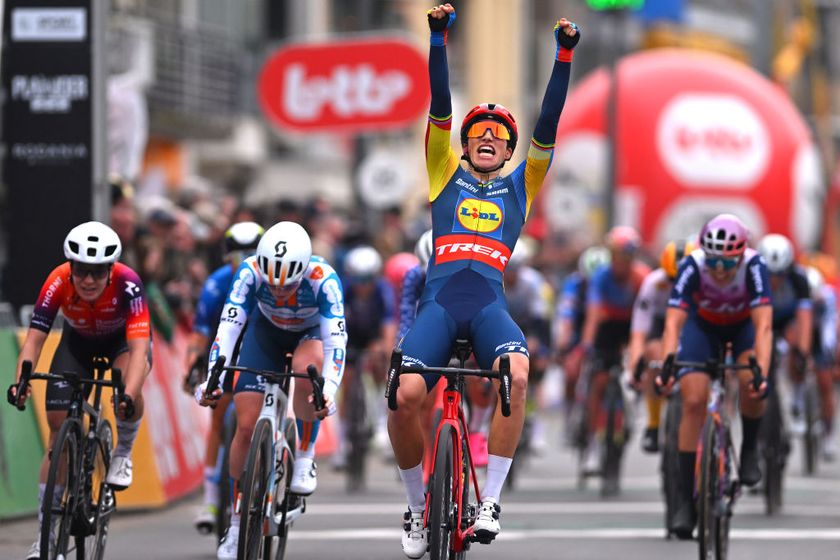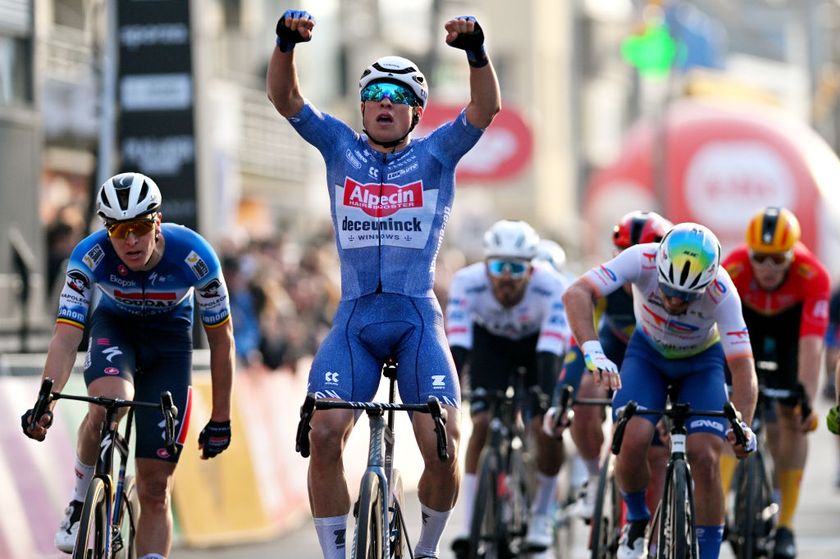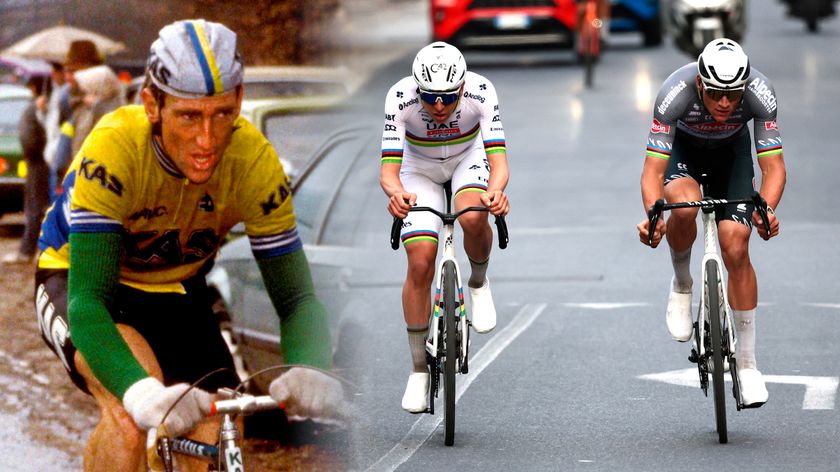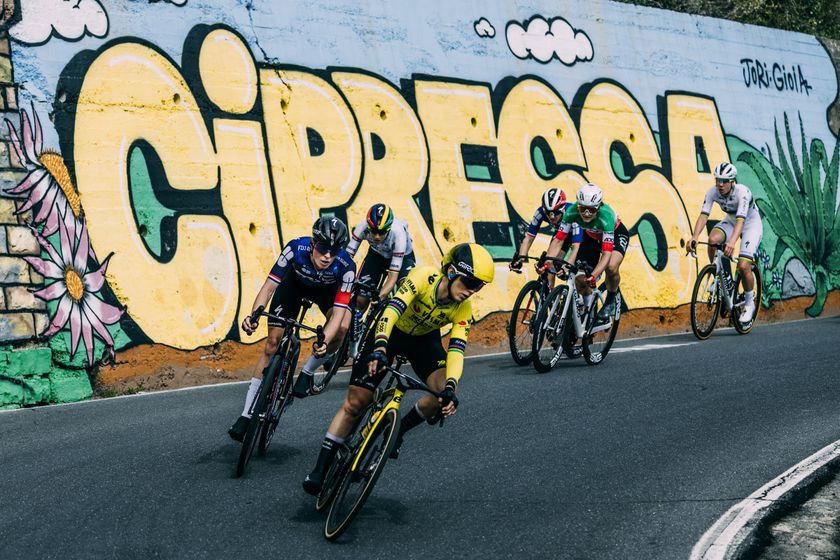Colnago K.Zero time trial bike launched
A big step up from the Flight TT



This story originally appeared on Bikeradar.
At a time when quite a few bike companies are feeling the pinch and research and design budgets are being reeled in, Colnago have been busy ploughing ahead with a slew of new things. On top of their recent C59 Disc road bike, they also launched a new time trial bike which they're calling the K.Zero.
Both bikes were launched at the Taipei trade show, which is essentially mid-season for consumers. It's quite a bold move, as it sets a precedent for what might or might not be launched at the trade/consumer shows later in the year such as Eurobike and Interbike.
K.Zero
At first glance it might well look like a revamp of the existing Colnago Flight TT bike, but it isn't. It's a whole new bike, about the only thing it has in common with the Flight is that it has Colnago written on it.
Starting at the front Colnago have integrated the bar and the stem. Instead of making the bar change from an aero profile to a round shape to fit into a conventional stem, they have simply kept the aero profile going the full width of the bar and made the stem clamp have the same aero profile shape to hold the bar. This means you can't rotate the bar in the stem, but being able to do that on an aero bar designed with an NACA aero profile that works when running what you might term as 'flat' would be ridiculous. Making sure the bar can only be fitted in the orientation where it has the least drag is a smart idea, and also allows the stem to be thinner (when viewed from the front as the air sees it).
The stem then integrates to a certain degree with the top tube area of the frame, with only a slight gap between the two, but importantly a deliberate small step down from the top of the stem to the top of the top tube. Another important thing to note in this area is that there are no exposed cables at all - nothing but sculpted surfaces designed to be slippery and/or condition the air flowing over them to reap benefits further along the frame.
Get The Leadout Newsletter
The latest race content, interviews, features, reviews and expert buying guides, direct to your inbox!
That bar and stem setup clamps onto a fork with a conventional steerer tube, but at the end of the steerer Colnago have designed a fork that is far from conventional. The blades and their relationship to the rotating front wheel have been closely studied, and the result is a little less drag, but a better air flow coming off the fork and wheel assembly for the rest of the bike to encounter as it moves. The forks also feature a built in brake system courtesy of TRP. Essentially a short-arm V-brake setup, but manufactured to continues the aero shape that conditions the air onto the downtube. Again, no exposed cables at all.
Complete rethink
The main frame has had everything redesigned. All the tube profiles are new, and are either standard NACA profiles, or modified versions by Colnago that still fit within the UCI regulations. The chainstays have gained a healthy 7% increase in stiffness, resulting in measurable gain (slight, but important) in the energy transfer between the rider and the rear wheel which drives the bike forwards. The chainstays also incorporate a brake system similar to the forks, tucked away behind the bottom bracket shell. But this time the brakes are partially hidden by a cover which acts to keep the air flow speed high along the insides of the chainstays (almost like a twin-keel floor on older F1 cars). This reduction in pressure along the inside of the chainstays allows the rotating rear wheel an easier space within which to rotate, so at a not too narrow range of speeds the rear wheel requires less energy to rotate, meaning more energy is left over to power the bike forwards.
There are smaller details too, such as the trailing nacelle where a conventional rear brake would be that works the smooth the air that flows from it and onto the rotating rear tyre. It is a tiny benefit for sure, but that's the main thing with aero bikes these days... Designers are chasing small benefits around a whole system - the complete bike - looking for little percentages here and there. But if they find 1% in nine key areas, that's a whole lot of speed for simply paying attention to several small details. And Colnago, along with the K.Zero's lead designer Davide Fumagalli have done just that (the K.Zero has exactly 9% lower drag coefficient compared to the Flight). All we have to do now is wait for ours to arrive.
